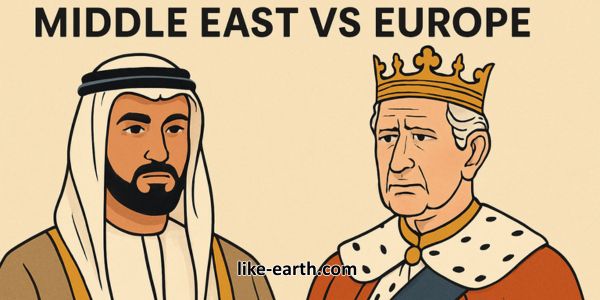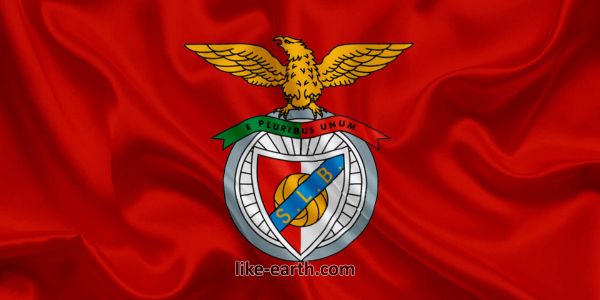Monarchy in the Middle East vs Europe: A Comparative Exploration

Historical Foundations and Legacy
European monarchies date back centuries, rooted in medieval feudal systems. Kings and queens once held absolute power, but today most serve symbolic and ceremonial functions. In contrast, Middle Eastern monarchies often remain central to national governance, with several ruling families maintaining executive authority over their nations.
For example, the British royal family, while globally recognized, does not interfere in parliamentary decisions. Meanwhile, the House of Saud in Saudi Arabia retains significant control over both state and religion. This sharp contrast underscores how monarchy has evolved differently across regions.
Structure and Power Dynamics
In Europe, constitutional monarchies like those in Sweden, the Netherlands, and Spain operate under democratic frameworks. Monarchs act as symbols of national unity and heritage but do not govern. Their powers are limited by constitutions and parliamentary oversight.
In the Middle East, however, many monarchs function as absolute rulers. In countries such as Oman, Bahrain, and Saudi Arabia, kings and emirs wield legislative, executive, and judicial powers. They appoint ministers, oversee budgets, and often direct foreign policy without parliamentary checks.
Public Perception and Cultural Significance
The royal family’s relevance in public life differs widely. In Europe, royal ceremonies, weddings, and public appearances generate media attention and public interest, yet they rarely influence policy. The royal family’s value is symbolic, often tied to national identity and tourism.
Conversely, in the Middle East, monarchs are seen as the embodiment of the state. Loyalty to the royal family is sometimes equated with national allegiance. Their influence permeates all aspects of governance, culture, and religion.
Legal Systems and Human Rights Perspectives
European monarchies uphold civil liberties through democratic institutions. Press freedom, gender equality, and freedom of speech are protected under law. Royal family members are held to similar legal standards as ordinary citizens.
In several Middle Eastern monarchies, legal systems are deeply intertwined with Sharia law. Criticism of monarchs is often criminalized, with punishments that range from fines to imprisonment.
Economic Influence and Wealth Distribution
Middle Eastern royal families often control vast national resources. Oil wealth has elevated royal status, enabling luxurious lifestyles and political power consolidation. The House of Al Thani in Qatar and the Al Maktoum family in the UAE are examples of monarchs with substantial economic control.
In Europe, royal family finances are more regulated. Public funds are allocated under strict budgets, and spending is often transparent. Public scrutiny helps maintain accountability, especially in countries like Norway and Denmark.
Modern Challenges and Reforms
Both regions face pressure to modernize. In Europe, some citizens question the monarchy’s relevance in modern democracies. Republican movements, particularly in Spain and the UK, call for a reduction or removal of royal privileges.
Middle Eastern monarchies, too, confront reform demands. Younger populations are increasingly vocal about social freedoms and economic diversification. Saudi Arabia’s Vision 2030 initiative is one such effort to modernize the kingdom while maintaining royal leadership.
Monarchy in Crisis: Scandals and Transparency
Public trust in monarchies can be shaken by scandals. In Europe, controversies like Prince Andrew’s legal troubles have fueled debates over royal immunity. Transparency and public relations play critical roles in sustaining royal relevance.
In the Middle East, criticism of monarchs can be met with harsh penalties. This reduces public scrutiny but also stifles reform. Yet, social media and global awareness are pressuring governments toward greater openness.
Conclusion: Two Worlds of Royal Power
The comparison of monarchies in the Middle East and Europe reveals two vastly different paradigms. One is steeped in symbolic tradition, the other in governing authority. While Europe’s monarchies lean toward public service and heritage preservation, Middle Eastern royals often serve as rulers and policymakers.
These distinctions highlight how monarchy adapts to cultural, historical, and political contexts. Both face challenges to evolve, yet remain influential pillars in their respective societies.



